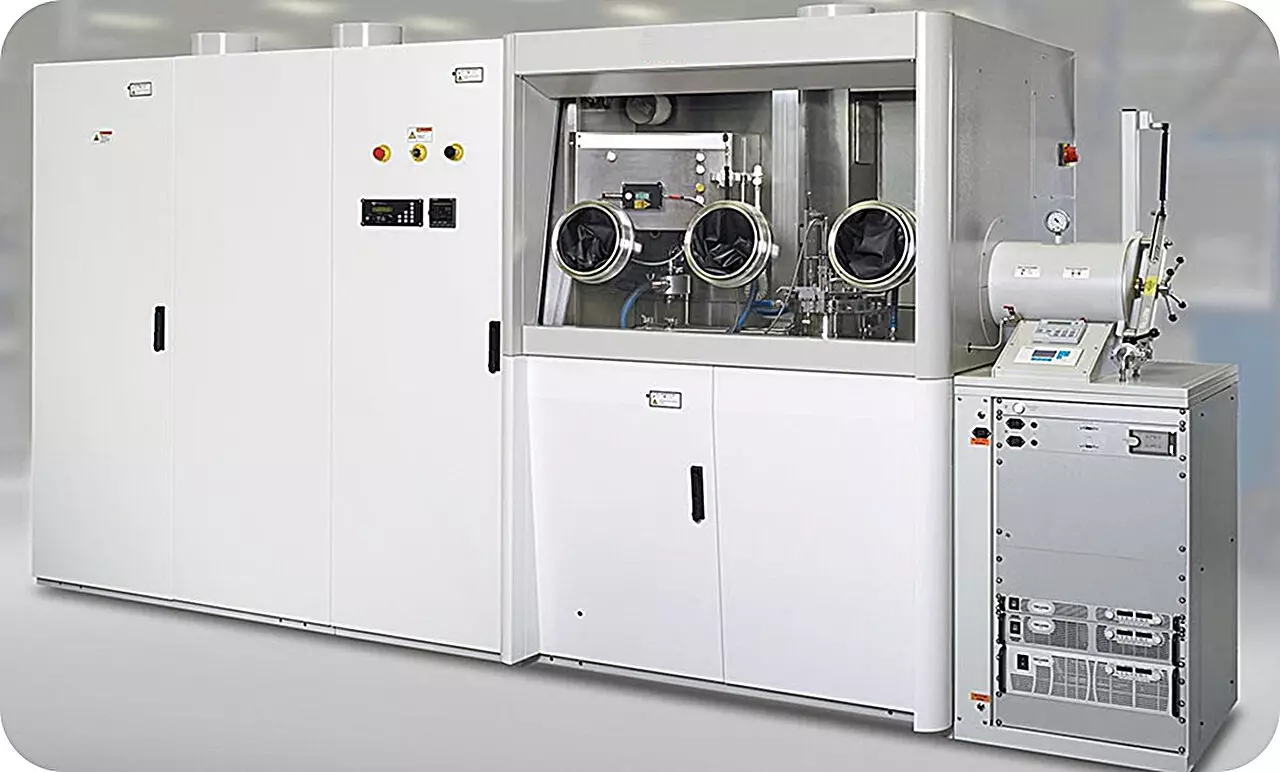The recent breakthrough in the mass production of quantum dot (QD) lasers signals a seismic shift in the landscape of optical communications. This advancement doesn’t just represent a technical achievement; it heralds a new era of affordable, efficient, and scalable photonic devices that could redefine how data travels across the globe. By harnessing innovative manufacturing techniques—specifically transitioning from Molecular Beam Epitaxy to Metal-Organic Chemical Vapor Deposition—South Korean researchers have fundamentally improved the efficiency and cost-effectiveness of quantum dot laser production.
This breakthrough directly confronts the longstanding challenges in the industry: high costs, slow manufacturing processes, and limited scalability. Previously, quantum dot lasers, known for their exceptional temperature stability and resilience to substrate imperfections, were confined mostly to research environments. Now, their potential is finally within reach of commercial application, paving the way for widespread deployment in data centers, telecommunications infrastructure, and even emerging quantum technologies.
From Research to Reality: The Leap in Manufacturing Technology
Historically, quantum dot laser diodes relied heavily on Molecular Beam Epitaxy, a precise but painstakingly slow process that limited large-scale production. This bottleneck has kept the cost of optical communication components high—costs that are ultimately passed onto consumers and service providers. The Korean research team’s use of Metal-Organic Chemical Vapor Deposition (MOCVD) marks a critical turning point. MOCVD allows for rapid, high-volume synthesis of quantum dot structures, injecting efficiency into a process previously hindered by speed constraints.
The researchers have successfully grown indium arsenide/gallium arsenide (InAs/GaAs) quantum dots on GaAs substrates—a strategic move that circumvents the expensive indium phosphide (InP) substrates traditionally used. GaAs substrates, being less than a third the cost of InP, dramatically reduce production expenses. More significantly, this technological switch enables larger substrate sizes and higher yields, slashing manufacturing times and material costs. This combination of cost reduction and efficiency improvements opens up the possibility for quantum dot lasers to become standard components, not just high-end research tools.
The ability of these lasers to operate continuously at elevated temperatures (up to 75°C) further cements their practicality for real-world applications. Devices that perform reliably under typical operating conditions are essential for integrating advanced optical technologies into everyday infrastructure, from undersea cables to urban broadband networks.
Implications for Global Connectivity and Industry Growth
The economic, technological, and strategic implications of this breakthrough extend far beyond the laboratory. Lower production costs for quantum dot lasers mean that high-performance optical communication devices could see a dramatic decrease in retail prices. This affordability can democratize access to high-speed internet, elevate the infrastructure of cities and rural areas alike, and stimulate a wave of innovation in telecommunications.
Moreover, the shift to GaAs substrates could accelerate the deployment of 1.3-micron wavelength lasers—crucial for existing fiber optic networks—at a significantly lower cost. With a more efficient manufacturing process, South Korea’s domestic optical component industry is poised for a surge in competitiveness. International markets, hungry for robust and scalable communication technology, stand to benefit from these innovations, potentially thrusting South Korea into a leadership position within the global optical tech arena.
On a broader societal level, improved laser efficiencies and reduced costs may catalyze advancements in quantum computing, secure communications, and other frontier sciences. These lasers could serve as the backbone for future quantum networks, where stability and thermal tolerance are critical.
While the journey towards full commercialization remains, the momentum generated by this research signals an optimistic future. Industry stakeholders and innovation policymakers must seize this moment—accelerate support for further development, and facilitate the transfer of this technology to manufacturing giants. Only then can these benefits reach consumers, industries, and governments worldwide, heralding a future where connectivity is faster, cheaper, and more reliable than ever before.

